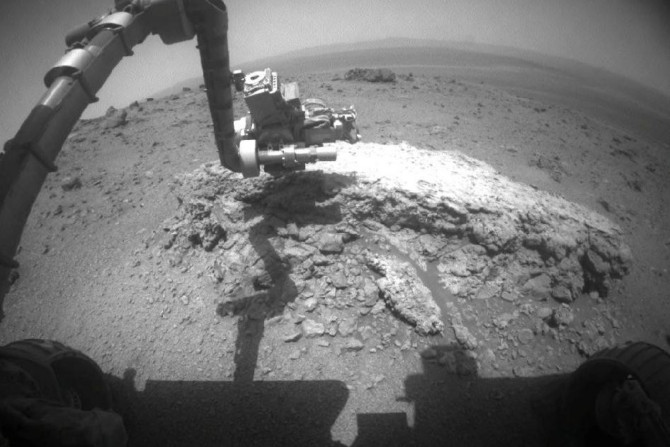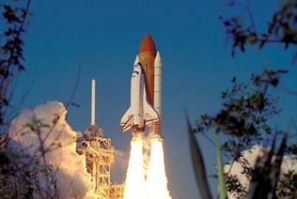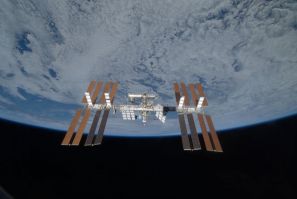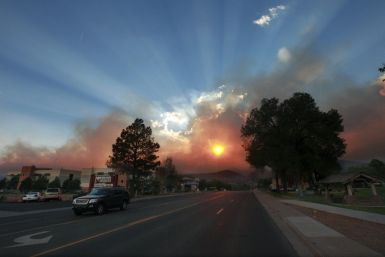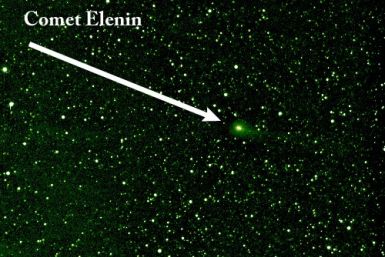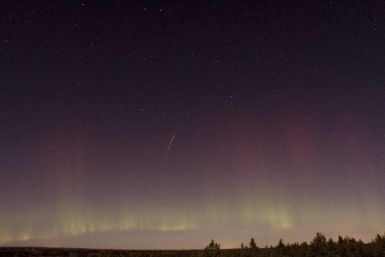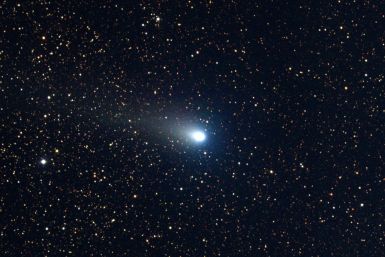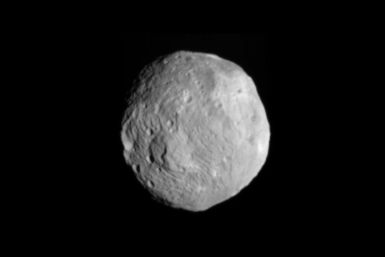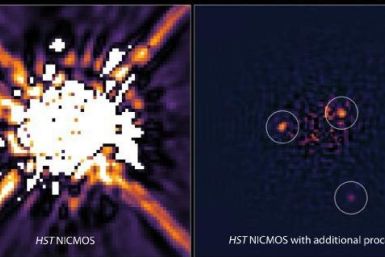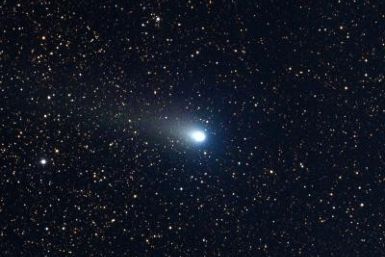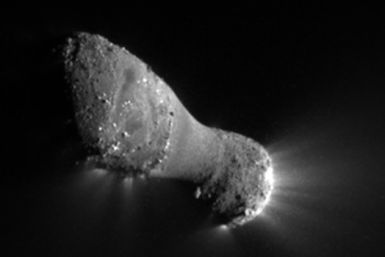Slideshow of NASA-themed corn mazes, which honor 50 years of human space flight.
Trial against former astronaut who kept camera will take place.
In a new study, scientists have demonstrated a link between a recurring drop in solar radiation and the cold climate of the UK, northern Europe and parts of America.
After weeks of speculation of its intensity as predicted the Draconid meteor shower happened on Saturday, lasting for several hours and splashing the darkening sky with trails of light.
Dr. Michael Joyner, associate dean for research at Mayo Clinic in Rochester, Minn. pays his tribute to John T. Shepherd, cardiovascular physician who also headed the American Heart Association, served as a NASA adviser and led U.S. scientific exchanges with the Soviet Union during the Cold War, died last Tuesday. He was 92.
Icy Comet Elenin will make its closest approach to Earth next week and should enter naked eye visibility (magnitude +6) when it comes within 22 million miles of the planet on Oct. 16, according to reports. But will you see it?
The Draconid meteor shower, last seen in 2005, emerged Saturday with shooting stars seen dazzling in the night sky.
Behold, for an unusual outburst of Draconid meteors is about to streak across the sky. The Draconid meteor shower, which was last seen in 2005, is expected to peak with as many as 500 to 1,000 meteors per hour Saturday.
The European Space Agency is planning to send a probe closer to the sun than has ever been attempted. The ambitious space mission is expected to happen in 2017, ESA delegates meeting in Paris announced recently.
The Draconid meteor shower will peak on Saturday with an estimated 750 meteors per hour, which is sure to impress observers in the Middle East, north Africa and parts of Europe.
At the California Institute of Technology, plans are being discussed about bringing an asteroid back to Earth.
NASA will start accepting applications for its next class of astronaut candidates in November according to anew announcement it has made.
After conducting a thorough re-analysis of decade-old images from the Hubble Space Telescope using new techniques, Scientists have found visual evidence for two extrasolar planets that went undetected in 1998.
Astronomers have uncovered two elusive extrasolar planets that went undetected in image data from the Hubble Space Telescope for 13 years. The scientists painstakingly re-analyzed Hubble images from 1998 and stumbled upon visual evidence that the two planets went undetected back then.
A usually humdrum Draconid meteor shower will kick it up a notch on Saturday when it will go into overdrive, peaking with some 750 meteors per hour, experts say.
Scientists discovered visual evidence for two extrasolar planets from a decade-old images from NASA's Hubble Space Telescope, using new techniques comparable to a time machine.
On Saturday, expect the night sky to be filled with meteors, according to astronomers.
Rep Gabrielle Giffords will be visiting the White house on Thursady for her husband, Astronaut and U.S Navy Captain Mark Kelly's retirement ceremony. The announcement was made by Vice President Biden via twitter. The tweet said TOMORROW at 1pm, VP to welcome USN Capt Mark Kelly and @Rep_Giffords to White House for Capt Kelly's military retirement ceremony.
The Earth's oceans may have originated from comets, a once-outlandish notion that got further support Wednesday when astronomers reported on ocean-like water in one comet.
NASA has made the announcement that it will start accepting applications for its next class of astronaut candidates in November.
As if the news about the Arctic's ozone hole outsizing the hole in Antarctica in early 2011 wasn't bad enough, Tuesday, NASA officials released more bad news: sea ice covering the Arctic Ocean reached its second lowest level in recorded history in September.
Private sector companies working on sending people into space, but progress is slow.


